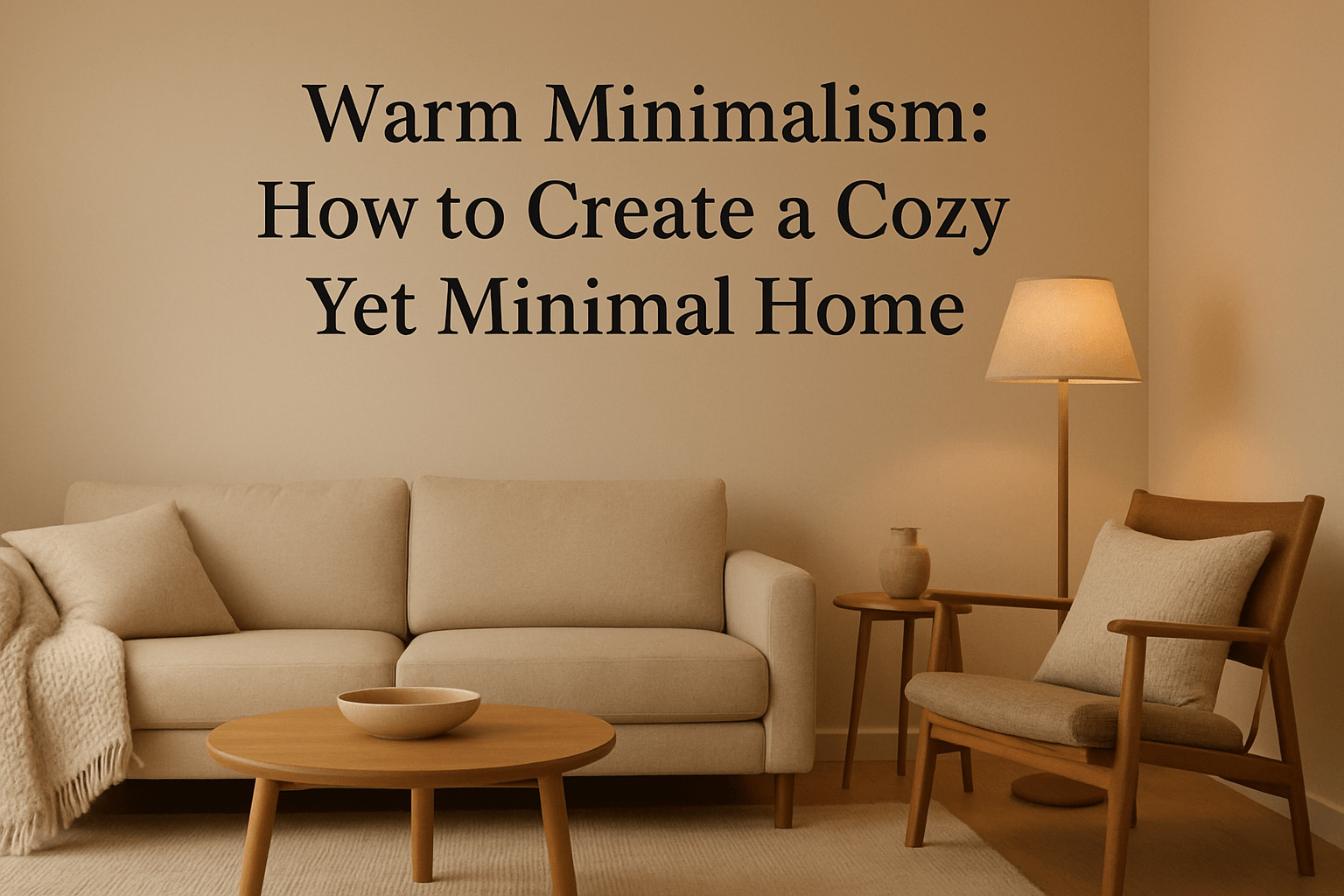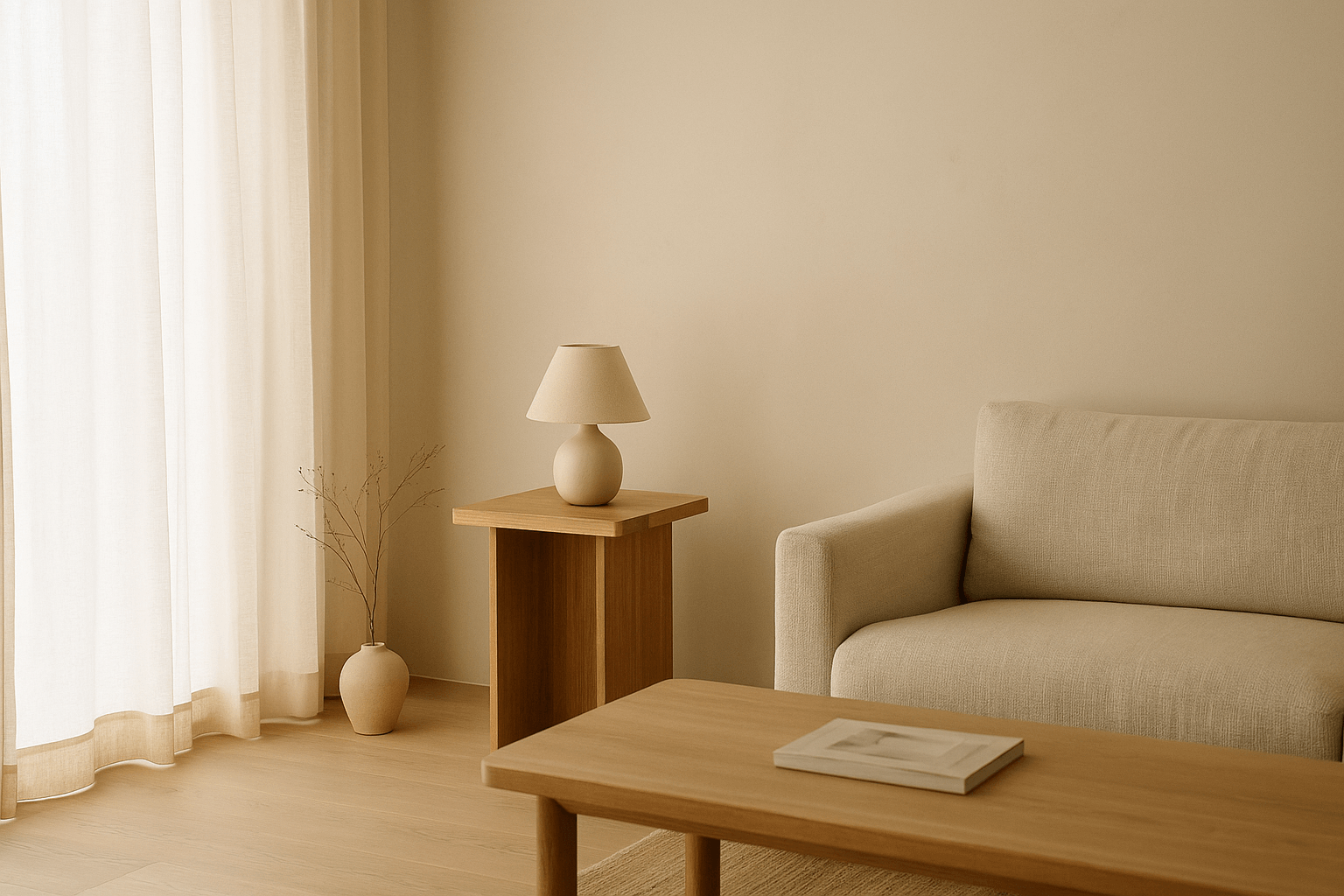What is Negative Space?
Negative space—also known as white space—is the empty or unoccupied area around objects in a room. It's not wasted space. In fact, it plays a crucial role in creating a calm, beautiful home. Negative space lets your furniture and decor breathe, adding a sense of openness and balance.
Why Negative Space Matters in Minimal Design
In minimal interiors, less truly becomes more. Here’s how negative space improves your living space:
-
Highlights Key Pieces
Giving objects room allows their design, texture, and function to stand out. -
Creates Visual Balance
Open areas balance the visual weight of furniture and decor, preventing a crowded look. -
Promotes Mental Clarity
A clutter-free space reduces stress and supports mindfulness in your daily life.
How to Use Negative Space at Home
1. Prioritize Quality Over Quantity
Choose fewer, well-designed pieces instead of filling every corner.
2. Let Furniture “Breathe”
Leave enough space around furniture to avoid a cramped feeling.
3. Mind the Walls
Empty wall space can beautifully frame art, lighting, or stand as a calm visual break.
4. Functional Minimalism
Opt for decor items that are both useful and visually light.
Common Mistakes to Avoid
-
Filling empty space with unnecessary decor “fillers”
-
Forgetting to use vertical space with tall, slim furniture
-
Overlooking the power of lighting in enhancing negative space
Final Thoughts
Using negative space is about more than just minimalism. It’s about creating a home that feels open, balanced, and intentional. Whether you live in a compact apartment or a spacious house, this design principle helps transform your space into a serene, timeless retreat.
















